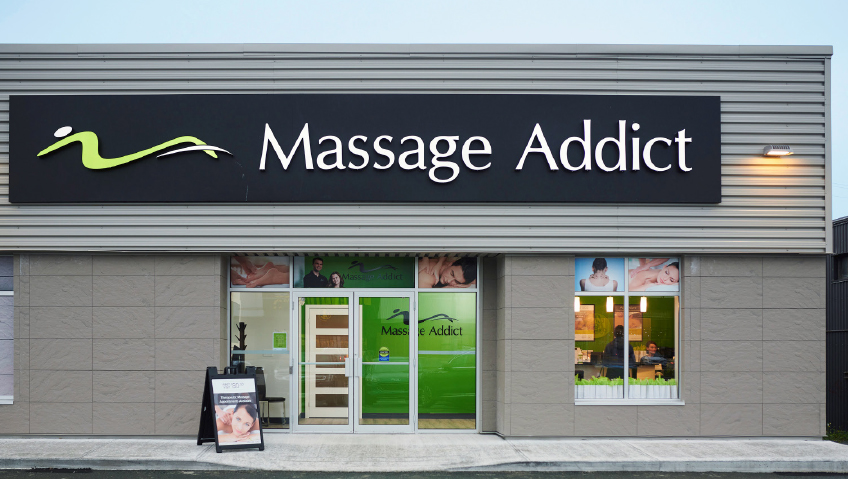Whether you operate a small- to medium-sized business or are the CEO of a multimillion dollar corporation, there is a certain understanding that effective engagement matters when it comes to developing a viable marketing strategy. However, the ability to leverage that impact in terms of return on investment (ROI) varies significantly in terms of available budgets of time and money.
When it comes to sales and marketing, larger budgets and experienced sales and marketing teams don’t always equate to better outcomes. Even some of the largest companies aren’t effectively converting dollars spent on marketing into sales.
Sure, you need to spend money to make money, but it is important to do so wisely by targeting the right audience, in the right place, at the right time. It is imperative to calibrate your budget and determine how best to get your products, services and your specialized value proposition in front of prospective and existing customers in a way that makes sense for your company and your brand, and there are many ways to make the most of your marketing spend.
Where to start
An effective marketing strategy is one that is relatable and takes into consideration who the customer is, where they are and how they use your products or services. It could be as simple as spending more during seasonal peaks by running seasonable promotions and if time is of the essence, or it could be a good time to outsource to consultants or freelance specialists to help you meet your short term goals and double down on what works. But first, it’s important to determine what works.
From the outset, companies must determine a clear brand identity to communicate to customers. This is a simple first step that will have set the tone for your first impression and the future of your customer relationship.
Further, the best marketing campaigns strike a balance between sales and marketing, as well as customer experience. According to Salesforce, 80 percent of customers surveyed said that their experience with the company or the brand was just as important as the products and services offered.
Digiday found that 65 percent of customers have cut ties with a brand over a single poor customer service experience, so optimizing the customer experience must remain a priority. This begins online.
Optimizing your online presence
One of the best pieces of advice for small- and medium-sized businesses is to reach customers where they are, and in the digital era, they are online. A survey conducted by GE Capital Retail Bank found that 81 percent of retail shoppers conduct online research before buying, while Salsify identified that 77 percent of shoppers used their mobile device to search for products.
HRC Retail Advisory noted that 59 percent of shoppers used mobile devices in store to compare costs, deals and coupons, so the ability to shop in store is still important, but there is a direct correlation between in-store and online presence.
The internet is accessible and affordable for small- to medium-sized businesses with limited time and budgets. A good online marketing strategy could begin with something as simple as developing a business page on social media platforms such as Facebook, Twitter, Instagram and Yelp, low-cost, high-reward platforms that reach customers where they are.
But remember, if you do choose to have a social media presence, be sure to monitor posts, stay active and remain engaged and responsive. You may even hire a dedicated staff member to do so.
Another invaluable resource that can add a lot of value for minimal costs is a user-friendly, mobile-enabled website that includes up-to-date information about your hours, location, contact information, offerings, and an online ordering platform, where possible.
Your website can include interesting landing pages and interactive and engaging content like blogs, educational content, training videos and shared content and should be optimized with keywords and backlinks to improve your Google ranking.
To stay ahead of the competition, small- and medium-sized business owners should be encouraged to conduct a content audit which includes an overhaul of their website content and marketing strategies to ensure their content is up to date and accurately communicates the unique selling proposition (USP) of their products or services offered.
Taking these steps can demonstrate that you are the authority or expert in your field and that you have adapted with the times. An out-dated webpage is sure to be a point of frustration for many customers who rely on your website as a first impression and could be the difference between a lead and sales.
Beyond the webpage and social media, which are simple starting points, effective email marketing strategies are also a sure-fire way to maintain and strengthen relationships with existing and prospective customers.
It is imperative to create numerous channels through which you can encourage customer engagement and feedback. Positive customer feedback can be highlighted for others and negative feedback can identify gaps in service that need to be addressed.
Traditional marketing is not dead
Online marketing alone, however, will not suffice when it comes to making the most of your marketing spend. Most effective marketing strategies are omni-channel in nature, which means taking advantage of traditional marketing channels in addition to online platforms. According to VendHQ, the cost of not being omni-channel has been found to be 10 percent in lost revenue.
Print advertising, broadcast advertising, billboards, transit ads and digital signage are still viable ways to reach consumers in the market, as are direct mail campaigns. And never underestimate the power of the telephone. Phone campaigns have higher conversion rates versus other forms of engagement, as does word of mouth advertising.
Further to integrating online and traditional marketing approaches, small- and medium-sized businesses should never overlook the value of data. It’s not just about collecting data using both online and omni-channel platforms, but utilizing it to know your audience demographics and needs and how their behaviours impact your sales. Analytics tools are plentiful and are truly invaluable as they help to inform your strategy.
Collectively, these tactics can be just as effective for small- and medium-sized businesses with smaller budgets to optimize their marketing spend and increase visibility to both prospective and existing customers enabling them to compete with even the largest competitors.
Whether your customer base is local, national or international, it’s not just about how you sell your service, but also how you present the value proposition you offer and in the digital era, there are many ways to do so.
The future is bright
Despite the challenges posed by COVID, many businesses have found a way to survive and thrive during the pandemic by adapting and innovating their marketing approach. This includes transitioning to online ordering and alternative pick-up and delivery arrangements such as curb-side delivery. This transition would not have been possible without a strong technological foundation.
According to a survey conducted by Capital One Business between November and December 2020, 53 percent of small business owners reported that financial growth of their business was stable or better than pre-COVID and 67 percent of respondents were confident that their business would return to pre-pandemic levels in terms of ROI in 2022, which demonstrates that many small business owners were embracing their new realities and remaining agile in the face of adversity.
It is a great time to streamline and automate processes where it makes sense to do so, utilizing new data capabilities, such as new customer relationship management (CRM) systems, and increase the focus on the direct value services and products offer to customers in terms of solutions. This will equate to a winning marketing strategy that will increase your ROI and convert leads into sales, regardless of the size of your operation and your budgeted marketing spend.






